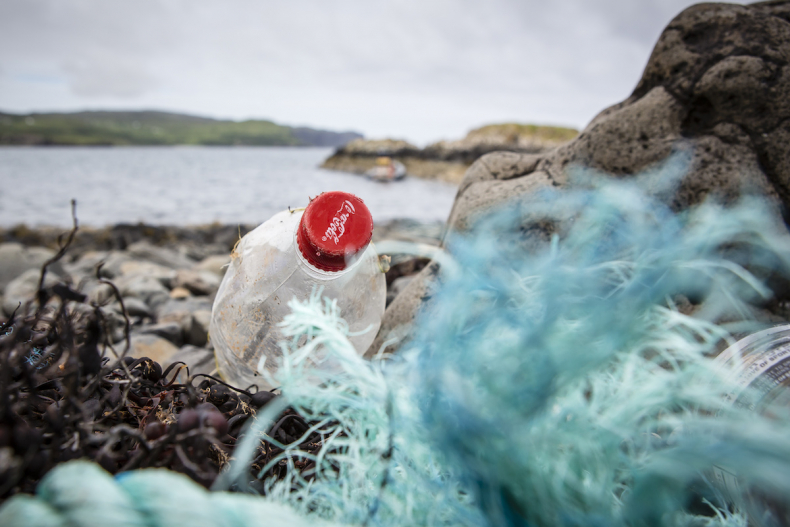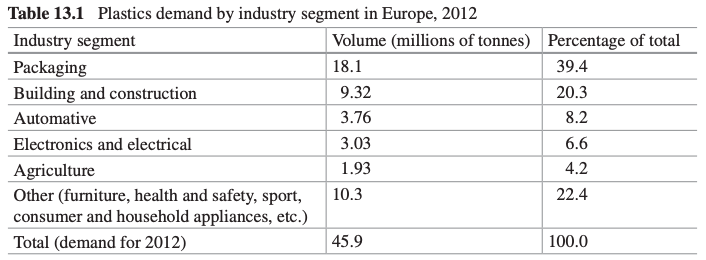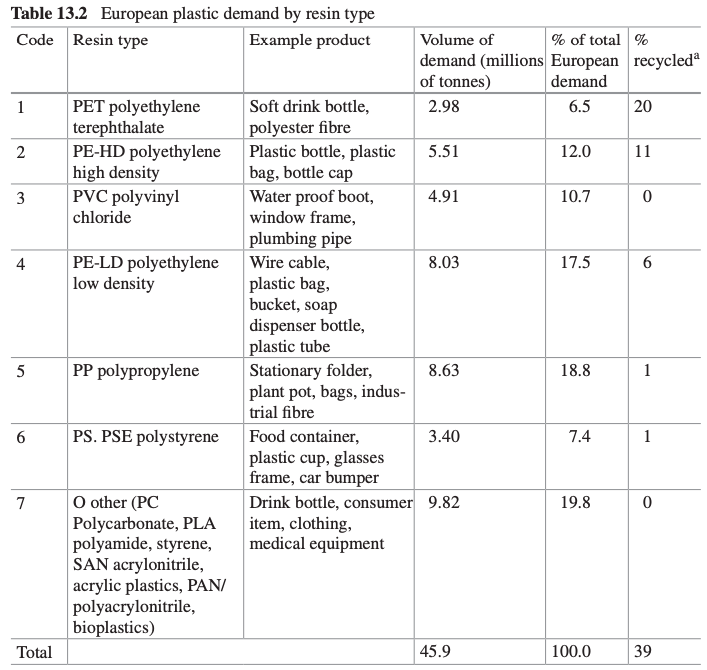Ontario finalized changes to blue box recycling Thursday, aiming to shift costs away from municipalities and taxpayers by making companies that create waste pay for the program.
The revamped rules are a “bold step” that would standardize recycling across most of Ontario, keep more types of packaging away from landfills and encourage industry to be more efficient, provincial Environment Minister Jeff Yurek said. But critics say the new targets aren’t high enough and might leave costs in the hands of consumers.
“Ontarians will still be dealing with messes of plastic packaging we can’t recycle,” Environmental Defence plastics program manager Karen Wirsig said.
Right now, recycling in Ontario happens through more than 250 local programs, many with differing rules. That system is largely stalling: nearly three-quarters of the province’s waste ends up in dumps, and a significant portion of it is exported to landfills in Michigan.
“The system obviously wasn’t working,” Yurek told reporters Thursday. “The goal of the regulation is to ensure our blue box program remains convenient, affordable and right for communities.”
The new program — to be phased in from 2023 to 2025 in all communities outside of the Far North — will combine the patchwork of systems into one with consistent standards. It would also accept more commonly used items, like paper and plastic cups and straws.
Shifting the costs of that program to packaging producers would save municipalities an estimated $156 million annually, the province said.
Dave Gordon, a senior policy adviser with the Association of Municipalities of Ontario, said the change would be a boon for local governments struggling with the economic downturn caused by COVID-19.
“I think it’s a big win for both the environment and the economy,” he said.
Ontario’s new recycling system is a “bold step” that would shift costs to industry and keep more packaging away from landfills, the province says. But critics say the burden could be passed to consumers, and that new targets are too low. #onpoli
Mike Chopowick, the CEO of the Ontario Waste Management Association, which represents the recycling sector, said the change is a crucial step. The province is running out of landfill space, but is facing an opportunity to do much better, he added.
“We don’t really have a choice,” Chopowick said. “We need to find innovative ways to recycle and reduce the amount of waste that we currently dispose of, and blue box is a big part of that.”

Low-income communities could bear the brunt of costs, researcher says
Ontario initially announced its plans for overhauling the program last October. The government has since lowered several targets after consulting with industry, Wirsig said, and what’s included won’t be enough to force serious change.
She also said a clause in the regulation allowing companies to label certain plastics as compostable could be a significant loophole — most existing facilities can’t actually process that material. The regulations would only see companies audited once every three years, and although the government has signalled it intends to create penalties for companies that don’t meet their targets, those don’t currently exist.
“It’s flawed and not enough,” Wirsig said.
Calvin Lakhan, a research scientist at York University’s faculty of environmental studies and urban change who has examined Ontario’s recycling program, says it’s likely that companies will pass the costs from the new set of rules on to consumers. That could result in higher grocery bills.
“I think it was very dangerous for the government and municipalities to move forward with this because of the potential impact on consumers, particularly during a time where inflation is skyrocketing,” he said.
The burden would disproportionately fall on people living in northern Ontario and lower-income communities, Lakhan said. Food needs more packaging to stay fresh when transported over a longer distance. And in lower-income communities — where many can’t afford to invest in things like reusable tote bags — people often seek out packaged foods because they last longer.
“I characterize it as environmentalism for the affluent, where the barrier for participation is income,” Lakhan said. “These legislative changes are mostly borne by the people who have the least ability to absorb those costs increases… The idea that it’s OK to do this because we’re improving recycling flies in the face of sustainability.”
Speaking to reporters Thursday, Yurek said he believes any cost increases would be minor, and the public is willing to take them on.
“Most people are going to be OK with that knowing that less literal waste is going to the landfill,” he said.
Not all will be able to shoulder it, Lakhan said: “You have families literally on the margin that can’t afford an extra $10 to $15 a month.”
It might be more effective to reduce the amount of waste created in the first place, Lakhan said. And recycling isn’t the end-all of sustainability, he added — the process creates carbon emissions, and depending on what’s recycled, the end product might not be worth it. Plastic cling wrap, for example, can be turned into air bubble film that helps cushion packages, but it cannot be recycled.
“Reduce, reuse, recycle is not just a catchy phrase, it’s the order in which we’re supposed to do things,” he said.
“We’re conflating recycling with sustainability.”





